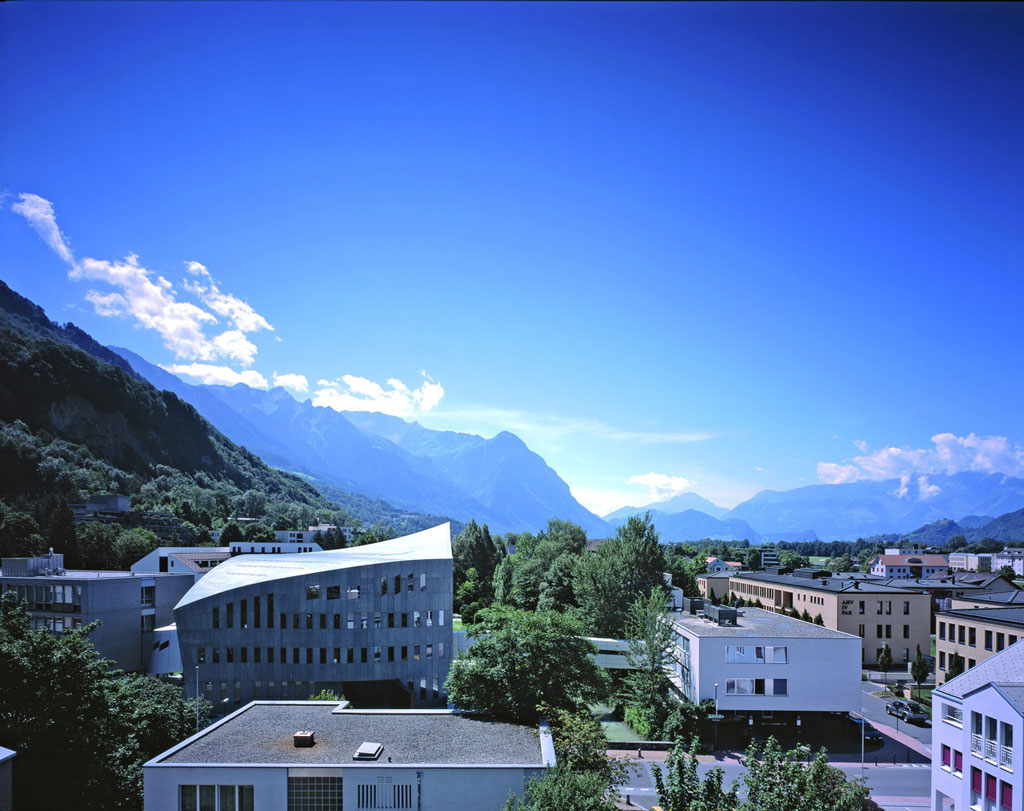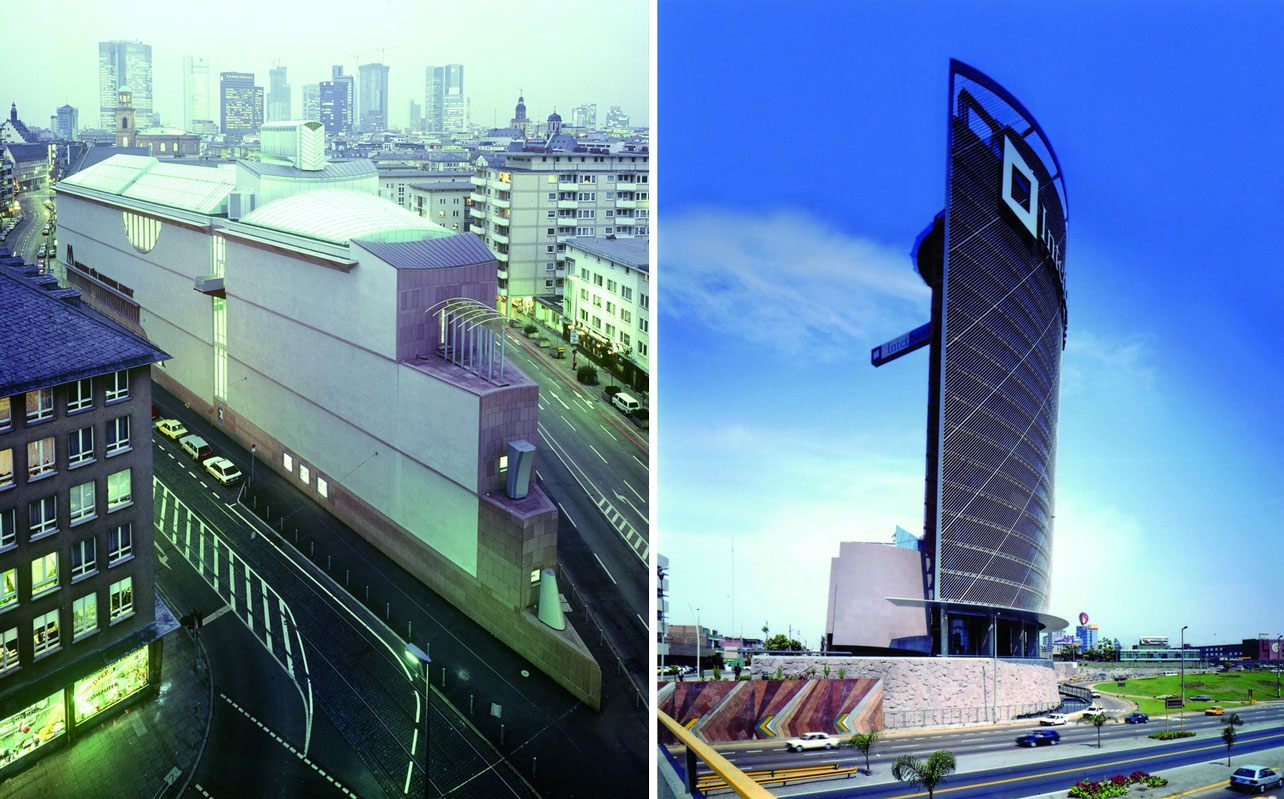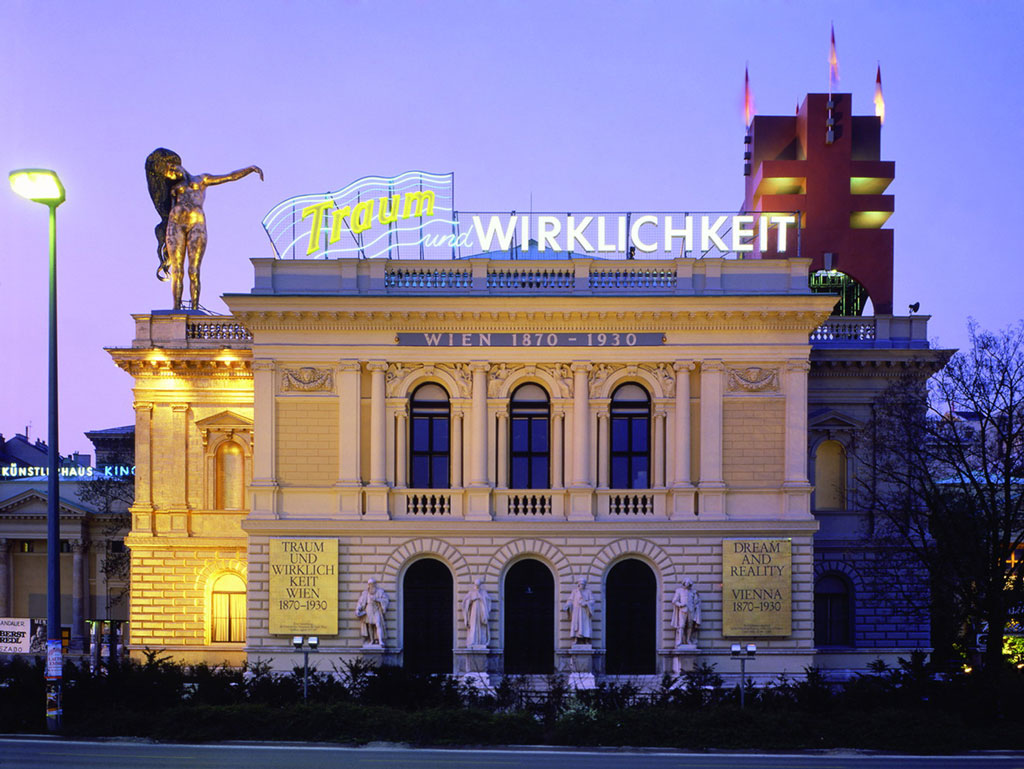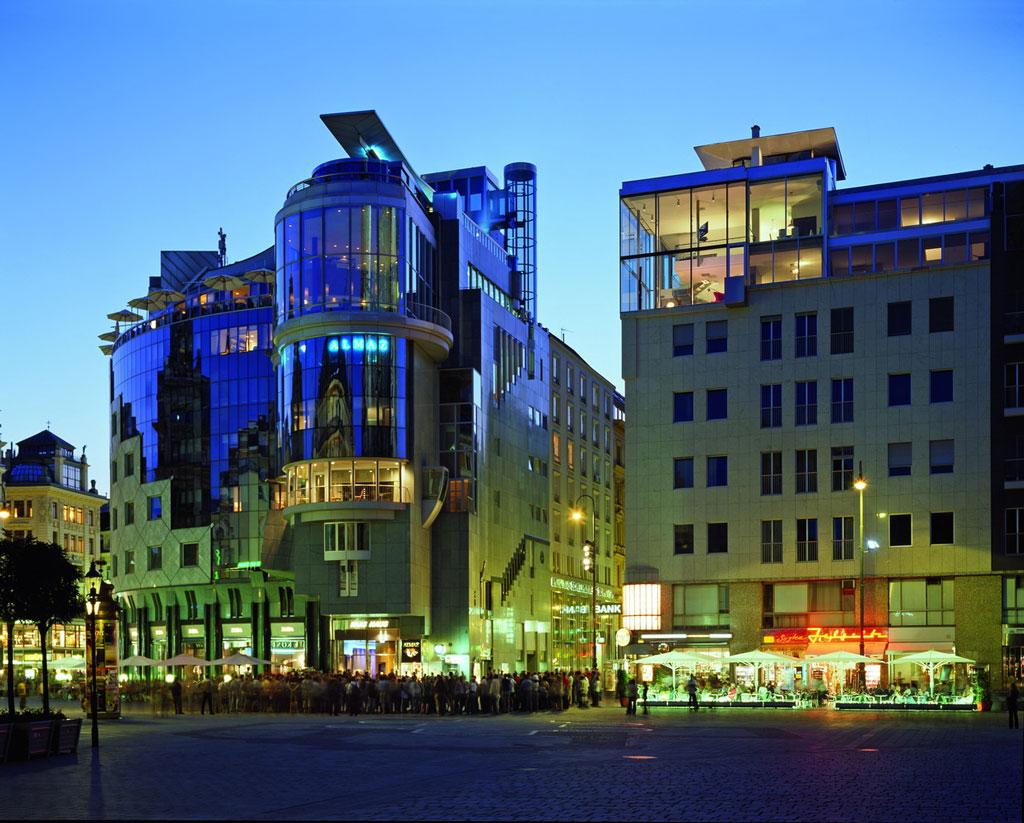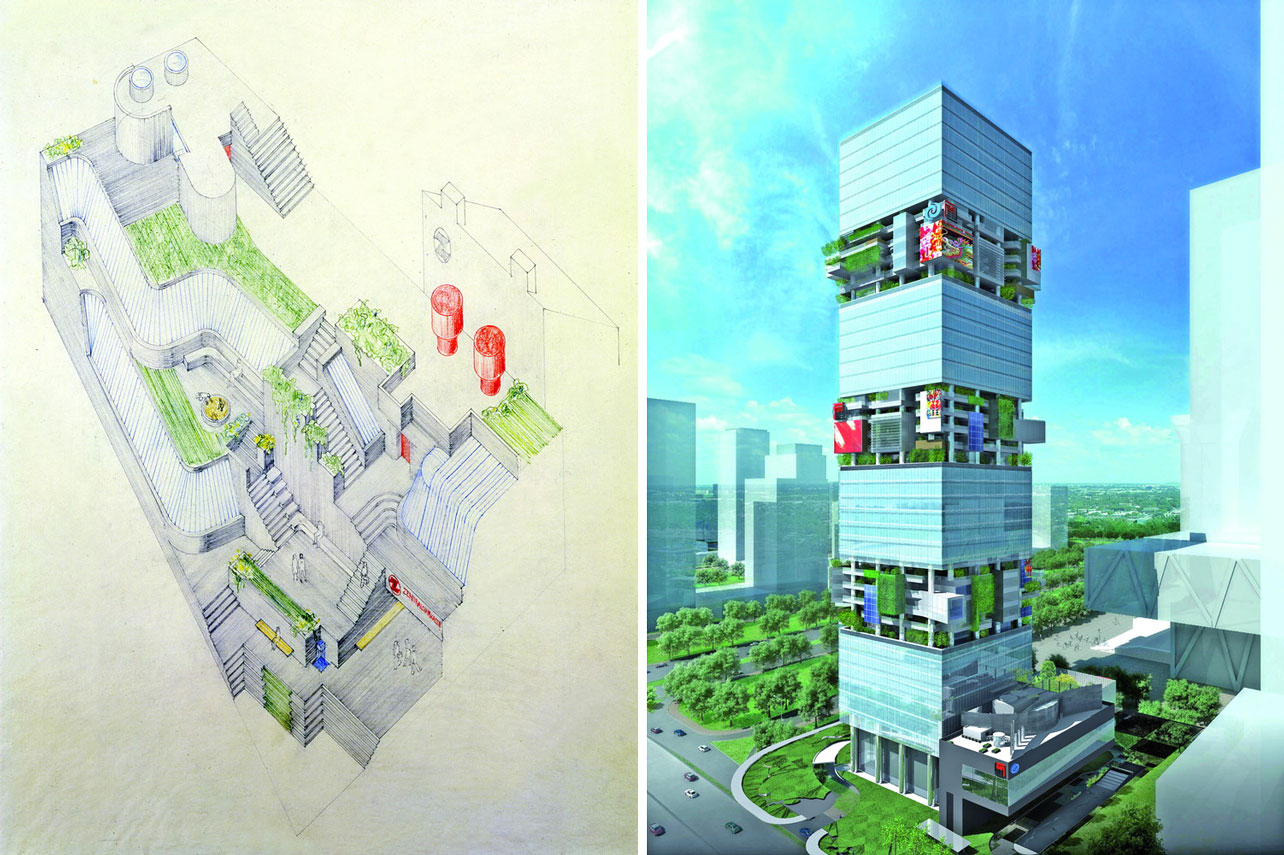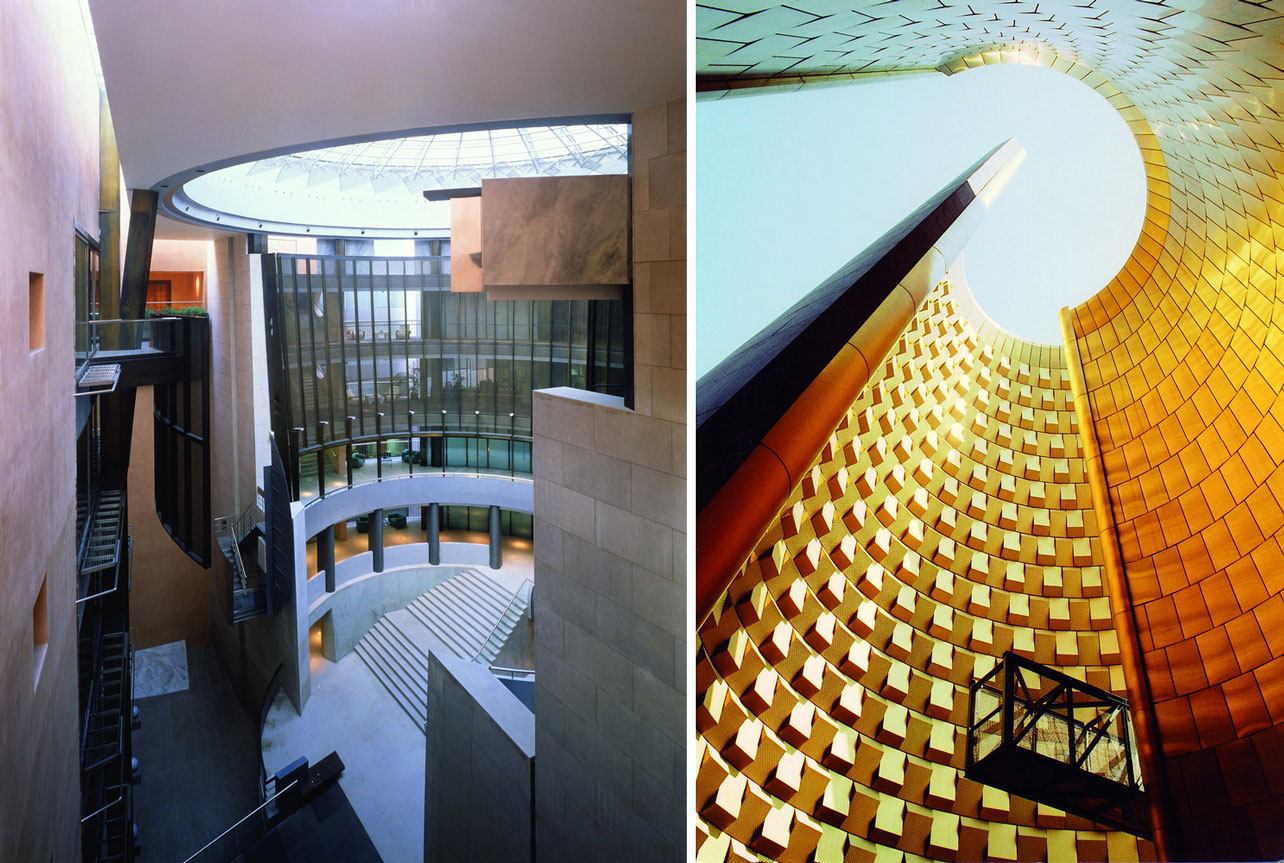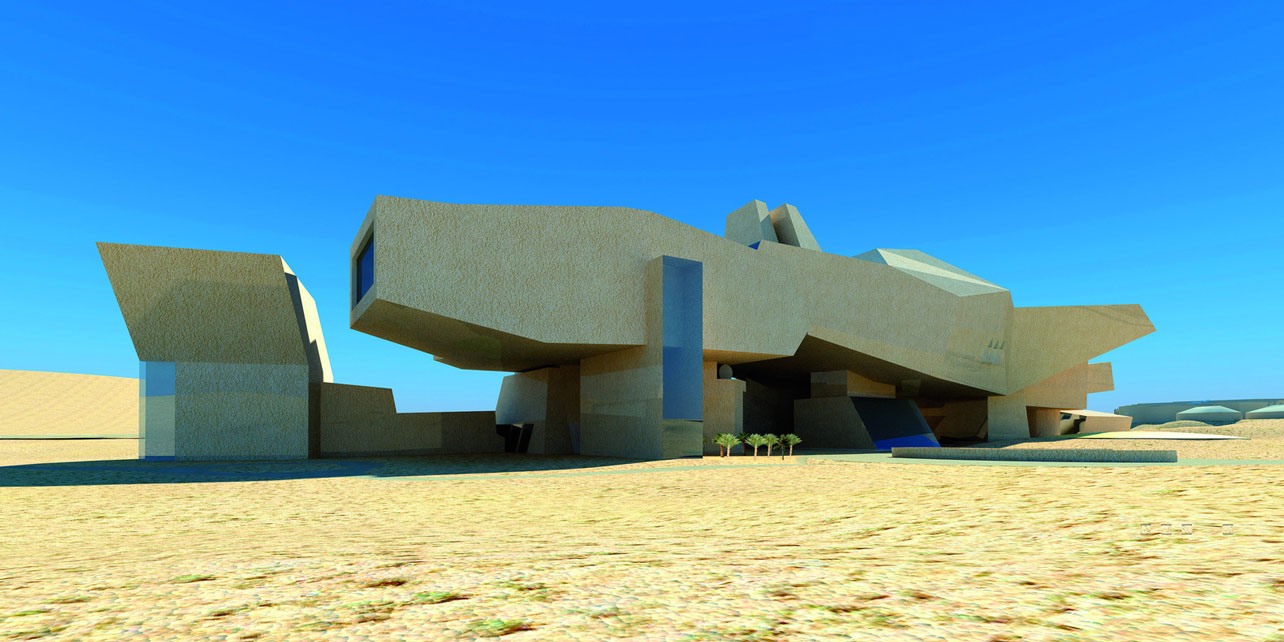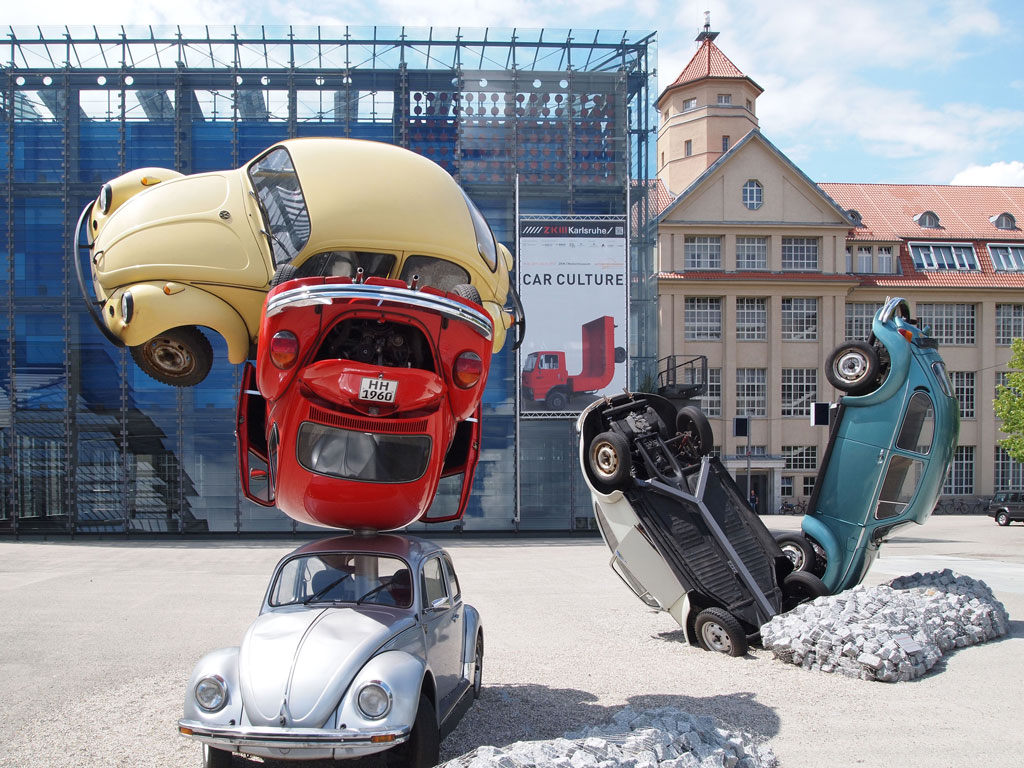ARCHITECTURE:Hans Hollein
 Described by Richard Meier as an architect whose “groundbreaking ideas” have “had a major impact on the thinking of designers and architects,” Austrian architect, artist, designer, theoretician and Pritzker Prize laureate Hans Hollein (30/3/1934-24/4/2014) worked in all aspects of design, from architecture to furniture, jewelry, glasses, lamps, even door handles. Known in particular for his museum designs, from the Abteiberg Museum in Mönchengladbach to the Museum of Modern Art in Frankfurt to Vienna’s Modernism.
Described by Richard Meier as an architect whose “groundbreaking ideas” have “had a major impact on the thinking of designers and architects,” Austrian architect, artist, designer, theoretician and Pritzker Prize laureate Hans Hollein (30/3/1934-24/4/2014) worked in all aspects of design, from architecture to furniture, jewelry, glasses, lamps, even door handles. Known in particular for his museum designs, from the Abteiberg Museum in Mönchengladbach to the Museum of Modern Art in Frankfurt to Vienna’s Modernism.
By Dimitris Lempesis
Hans Hollein studied civil engineering (1949–53) in Vienna before earning a degree from the Academy of Fine Arts there in 1956. A Harkness Fellowship allowed him to travel to the United States for graduate studies in architecture and urban planning at the Illinois Institute of Technology in Chicago and at the University of California, Berkeley, where he earned a master’s degree in architecture in 1960. This enabled him to meet and work with architects he had long admired, including Richard Neutra, Ludwig Mies van der Rohe, and Frank Lloyd Wright. After working in Sweden, Germany, Australia, and the United States, Hollein established his own architectural studio in Vienna in 1964. After working in architectural firms in Sweden and the United States, he settled in Vienna where his first commission in 1965 was what “Architectural Forum” magazine described as “even smaller than most first commissions: a shop and showroom 12 feet wide for a candle maker.” They added however that “it brought him an enthusiastic client and a prominent location on a fashionable Vienna street”. Early in his career, Hollein emerged as a vocal critic of the Functionalism* that dominated much of Modernist architecture in the 1960s. Although he rejected the idea that a building’s exterior should serve only practical purposes, much of his architecture was decidedly Modernist. His first major design was for the Municipal Museum Abteiberg (1972–82) in Mönchengladbach, Ger. Three years after the museum’s completion, he was awarded the Pritzker Prize (1985). Hollein also designed the Museum of Modern Art (1991) in Frankfurt am Main, Ger., and the Haas Haus commercial complex (1985–90) in Vienna. The plans for the latter building, located next to St. Stephen’s Cathedral in the historical area of the city, met with firm resistance from critics who protested that the stone and glass structure would not fit well with the much older architecture surrounding it. The end result, however, incorporated the new with the old as fluidly as has been done in other European cities with ancient roots. Among his many projects at the beginning of the 21st century were the Interbank headquarters in Lima (1996–2001) and the Saturn Tower in Vienna (2002–04). From 1976-2002, Hollein served as a professor at the University of Applied Art in Vienna, where he was also Dean of the Architecture department. He also held professorships at Yale University, Washington University in St. Louis, University of California, Los Angeles, and Ohio State University. According to Dorothea Apovnik, a spokeswoman for Hollein’s family, he died in Vienna after a long illness
* Functionalism, the principle that architects should design a building based on the purpose of that building.